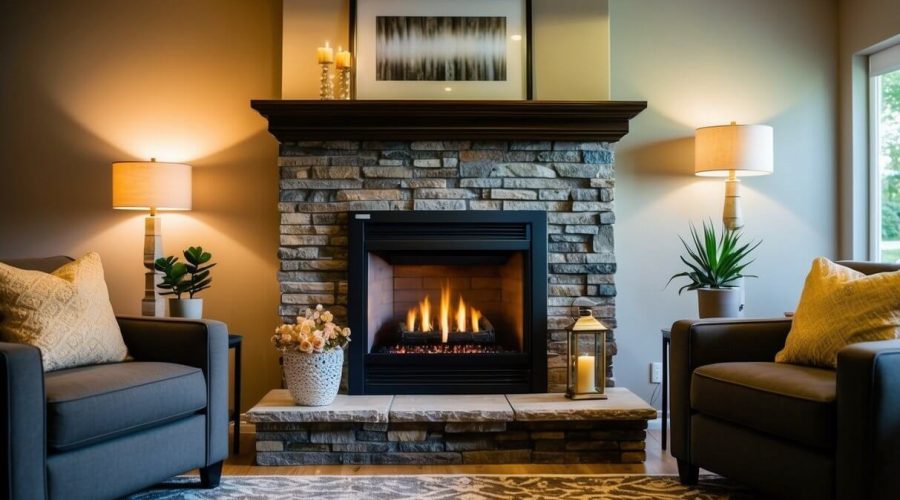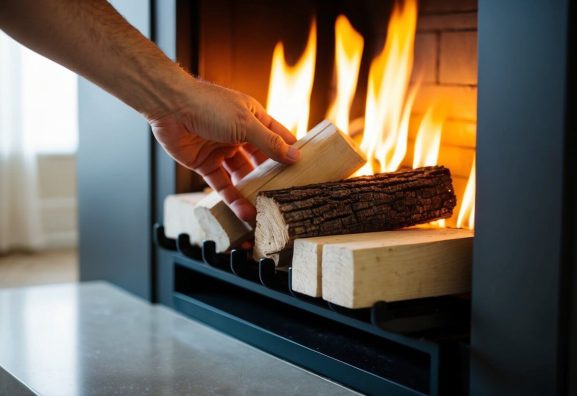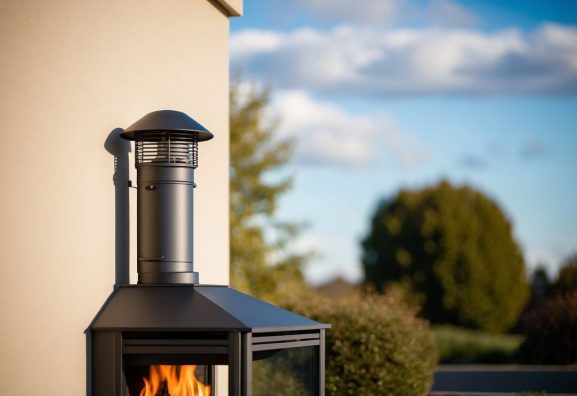Where to Light a Gas Fireplace (Step-by-Step)
A gas fireplace can transform a living space into a warm and inviting environment, but knowing where and how to light it is essential. The right location is typically near the gas control valve, which is designed for easy access when igniting the fireplace. With the proper preparation and safety precautions, anyone can enjoy the cozy ambiance that a gas fireplace provides.
Before getting started, it is crucial to familiarize oneself with the specific model of the gas fireplace, as there are various designs with unique lighting mechanisms. Proper safety measures should always be a priority, such as ensuring adequate ventilation and verifying that the gas supply is functioning correctly. By following these steps, lighting a gas fireplace becomes a simple and straightforward task.
Exploring the features and maintenance tips will ensure that the gas fireplace not only lights with ease but also operates efficiently for years to come. Understanding potential troubleshooting issues can further enhance the experience, ensuring a consistent and safe use of the fireplace for everyone.
Key Takeaways
- Know the location of the gas control valve for safe lighting.
- Safety measures are essential for a hassle-free experience.
- Familiarizing with the fireplace model aids in effective usage.
Understanding Your Gas Fireplace
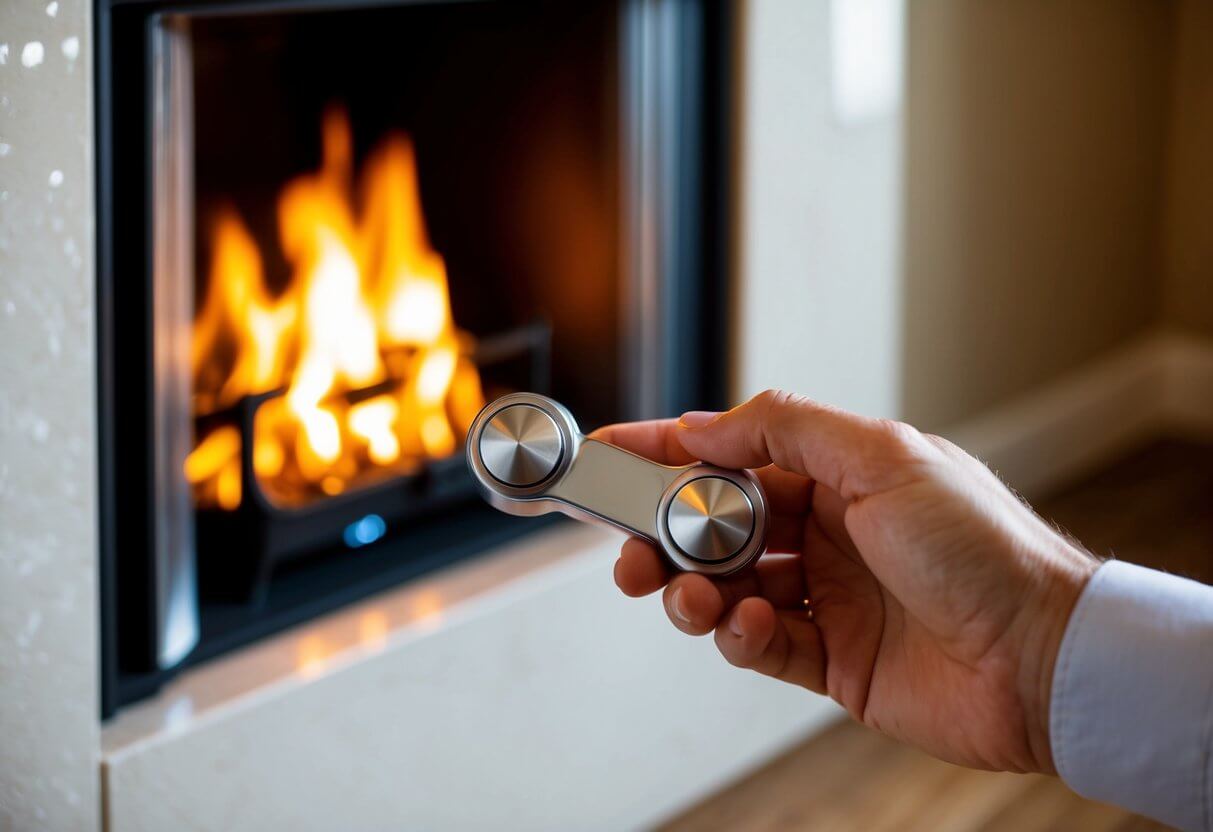
A gas fireplace is a convenient and efficient heating option, comprised of various components that work together to provide warmth. Knowledge of its parts and types can enhance the user experience and maintenance practices.
Components of a Gas Fireplace
A gas fireplace consists of several key components:
- Gas Valve: This turns the gas supply on and off and is essential for operation.
- Control Panel: Often located near the base, it houses switches or knobs for adjusting settings.
- Fireplace Key: Used to manually control the gas flow; it usually fits into a slot in the gas valve.
- Ignition System: This can be either a continuous pilot light or an electronic ignition, lighting the gas safely.
- Chimney Vent: Ensures proper ventilation, directing combustion gases outside.
- Fireplace Screen: Serves as a protective barrier to prevent embers from escaping.
- Front Cover: Helps maintain safety and can enhance aesthetic appeal.
Understanding these components allows for more effective operation and troubleshooting.
Types of Gas Fireplaces
There are primarily two types of gas fireplaces:
- Ventless Gas Fireplaces: These do not require a chimney or venting system. They use oxygen from the room and are designed to be highly efficient. However, they may need specific clearance and comply with local codes.
- Vent Gas Fireplaces: These require a venting system to expel exhaust gases outside. They often provide a more traditional look and feel. The chimney vent can be direct vent, which minimizes heat loss, or traditional vent systems that resemble wood-burning fireplaces.
Each type has specific characteristics that impact installation, maintenance, and efficiency. Familiarity with the differences ensures that users make informed choices about their heating options.
Preparation Before Lighting
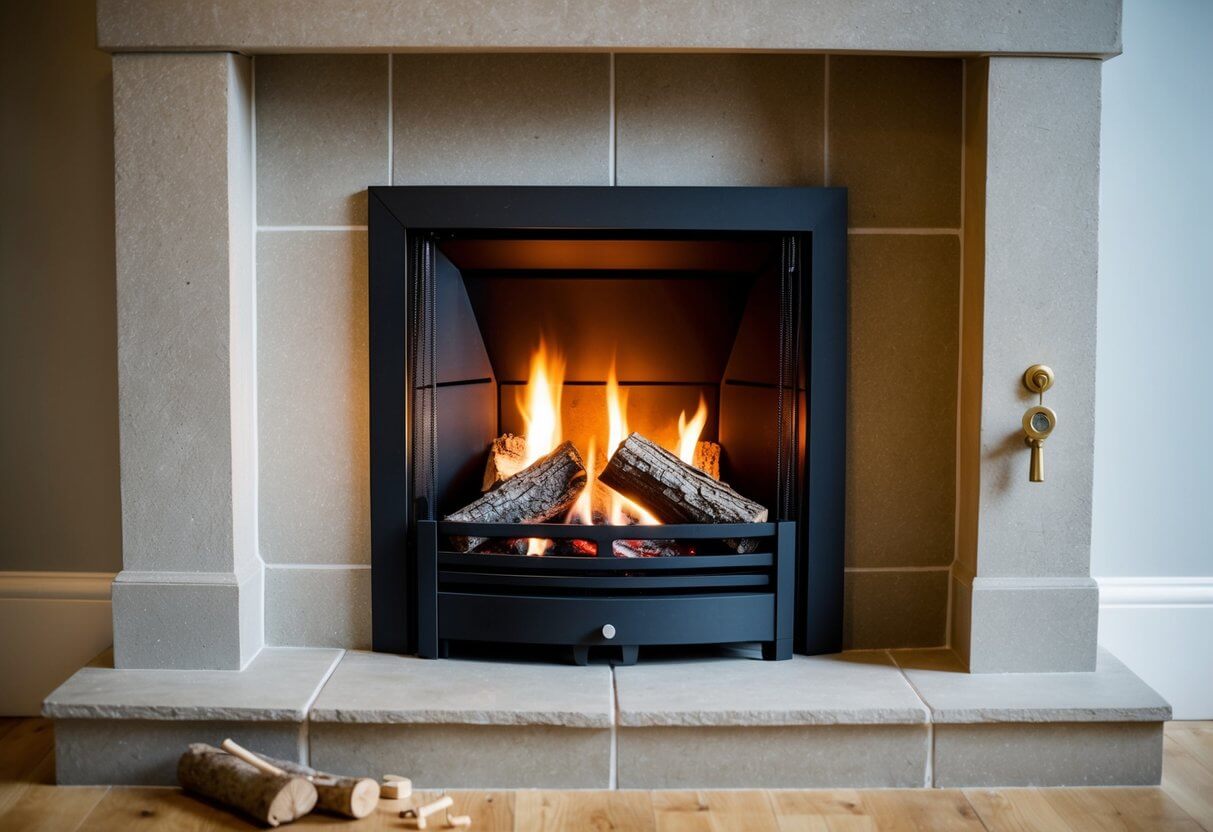
Before lighting a gas fireplace, it is essential to conduct safety checks and perform necessary cleaning and maintenance. These steps help ensure a safe and efficient operation.
Safety Checks
Safety is paramount before lighting a gas fireplace. First, verify that the gas supply is on and check for any signs of a gas leak. A strong smell of gas or hissing sounds near the gas line are immediate red flags.
Next, ensure that the carbon monoxide detector is functional and properly installed within the room. Test it to confirm it emits an alarm if dangerous levels are detected.
Consult the fireplace manual for specific safety guidelines. Installation and operational instructions vary by model. If a pilot light needs to be lit, ensure the area is clear of flammable materials. Lastly, if any troubleshooting is required, don’t hesitate to call a professional.
Cleaning and Maintenance
Regular cleaning and maintenance enhance the fireplace’s performance. Begin by removing any carbon residue or debris from the burners and logs. Compressed air can help dislodge dirt that accumulates over time.
Inspect the pilot light for proper functioning. A clean pilot light ensures reliable ignition and efficient burning.
Check for any obstructions in the venting system. Blockages can lead to improper operation and increase the risk of carbon monoxide buildup.
It is advisable to schedule professional inspections annually, ensuring all components, including the gas line, are in good condition. Proper upkeep not only promotes safety but also prolongs the lifespan of the fireplace.
Lighting the Gas Fireplace
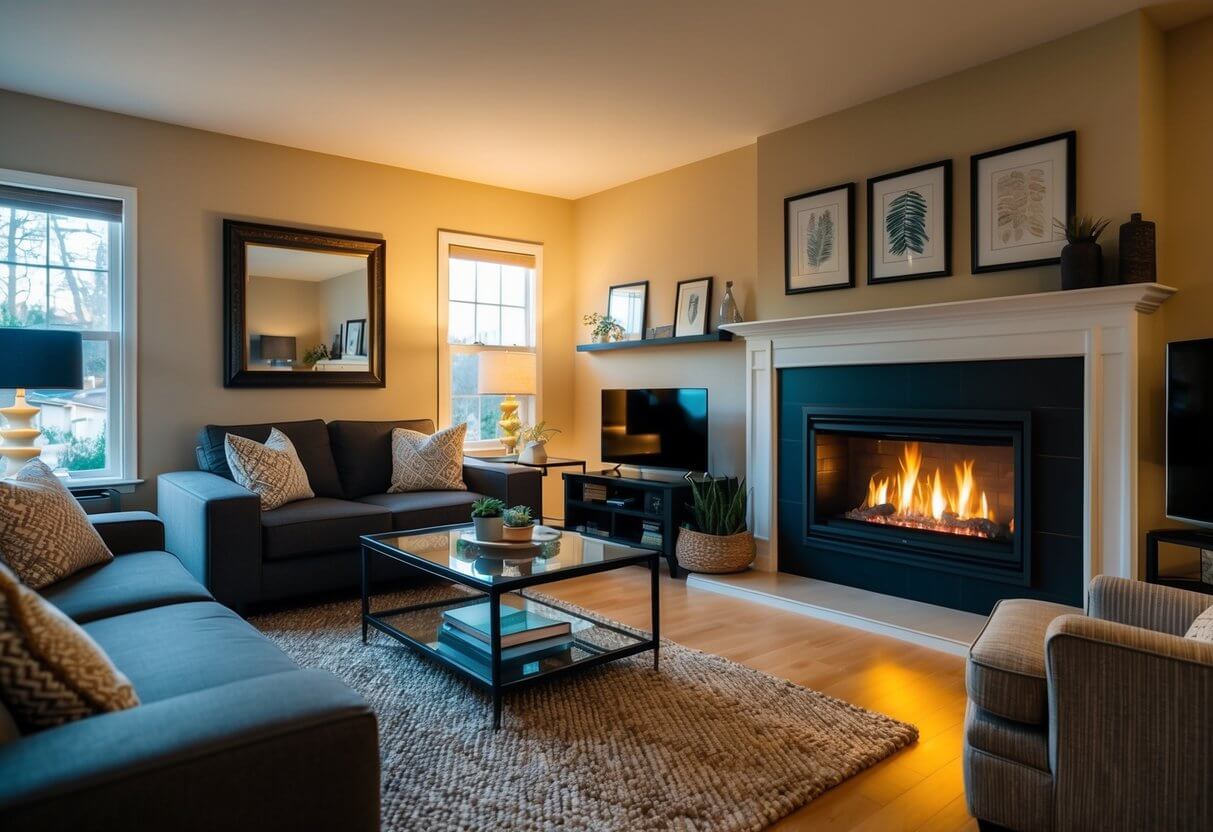
To light a gas fireplace, one must understand the different ignition methods employed. This includes manual ignition techniques utilizing a pilot light and modern electronic systems which offer convenience and efficiency.
Manual Ignition Process
The manual ignition process generally involves a pilot light, which stays lit to ignite the main burner when necessary. To begin, ensure the gas control knob is in the “off” position. If the fireplace has a key valve, it should be opened slowly to allow gas flow.
Next, locate the pilot ignition button or switch. If using a piezo ignitor, press the button while simultaneously holding down the pilot knob. After a few clicks, a pilot flame should ignite. It is crucial to keep holding the knob for about 30 seconds to establish the flame before releasing it. If the pilot does not light immediately, check for gas flow and ensure the area is clear of blockages.
Electronic and Remote Ignition
Electronic ignition systems offer a more convenient way to light a gas fireplace. This method is often activated by a wall switch or remote control. Typically, these systems require a battery to function, so it’s essential to ensure the batteries are charged.
To light the fireplace, the user engages the ignition switch, which triggers gas flow. The electronic ignitor will spark to create a flame at the pilot light location. In some models, such as those with built-in remote controls, simply pressing a button can initiate the process. If the fireplace does not ignite, check for gas supply issues or consult the user manual for troubleshooting tips.
Optimizing Gas Fireplace Use
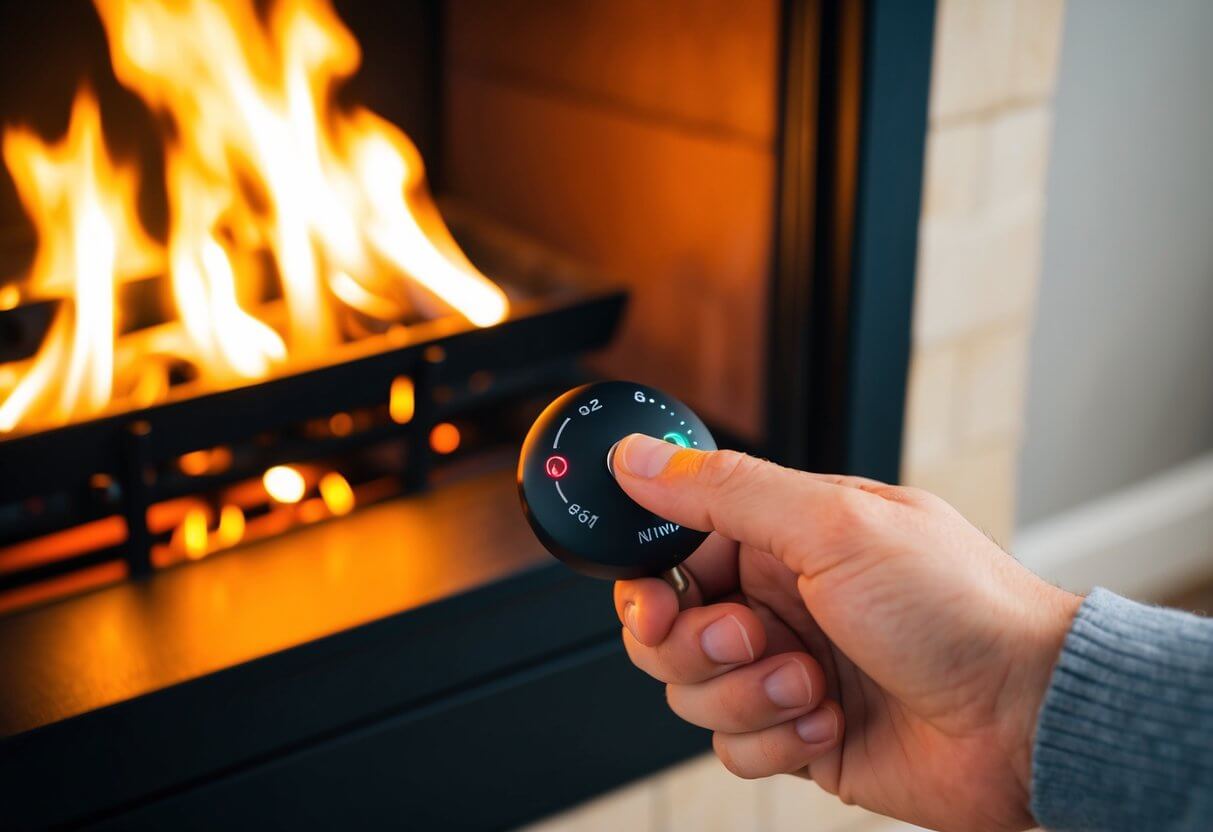
Maximizing the effectiveness of a gas fireplace involves careful adjustments and energy-saving practices. Understanding how to manage flame and heat output ensures comfortable and efficient heating while maintaining safety.
Adjusting Flame and Heat Output
To achieve optimal performance, adjustments to the flame and heat output are crucial. Users should consult the user manual specific to their model, as settings can vary significantly.
A blue flame indicates complete combustion, providing the most heat. To adjust the flame, locate the control knob typically near the gas log set. Turning this knob can increase or decrease gas flow, directly affecting flame height and warmth.
In some models, checking the thermocouple and thermopile for proper function is essential. These components regulate gas flow and keep the flame steady. If the fireplace does not stay lit, the thermocouple might need replacing. Regular maintenance helps avoid inefficient heating during winter.
Energy Efficiency Tips
Improving energy efficiency in a gas fireplace can translate into cost savings. One simple method is to seal any drafts in the area to prevent heat loss. Ensuring the fireplace is adequately insulated enhances its effectiveness during colder months.
Utilizing a programmable thermostat can also help manage heating schedules. Setting the fireplace to lower heat output during unoccupied hours can conserve energy.
Routine checks of the gas log set for cleanliness ensure no obstructions hinder combustion. This prevents the fireplace from working harder than necessary. Additionally, scheduling annual inspections allows technicians to optimize performance and safety, making winter comfort more manageable.
Troubleshooting Common Issues
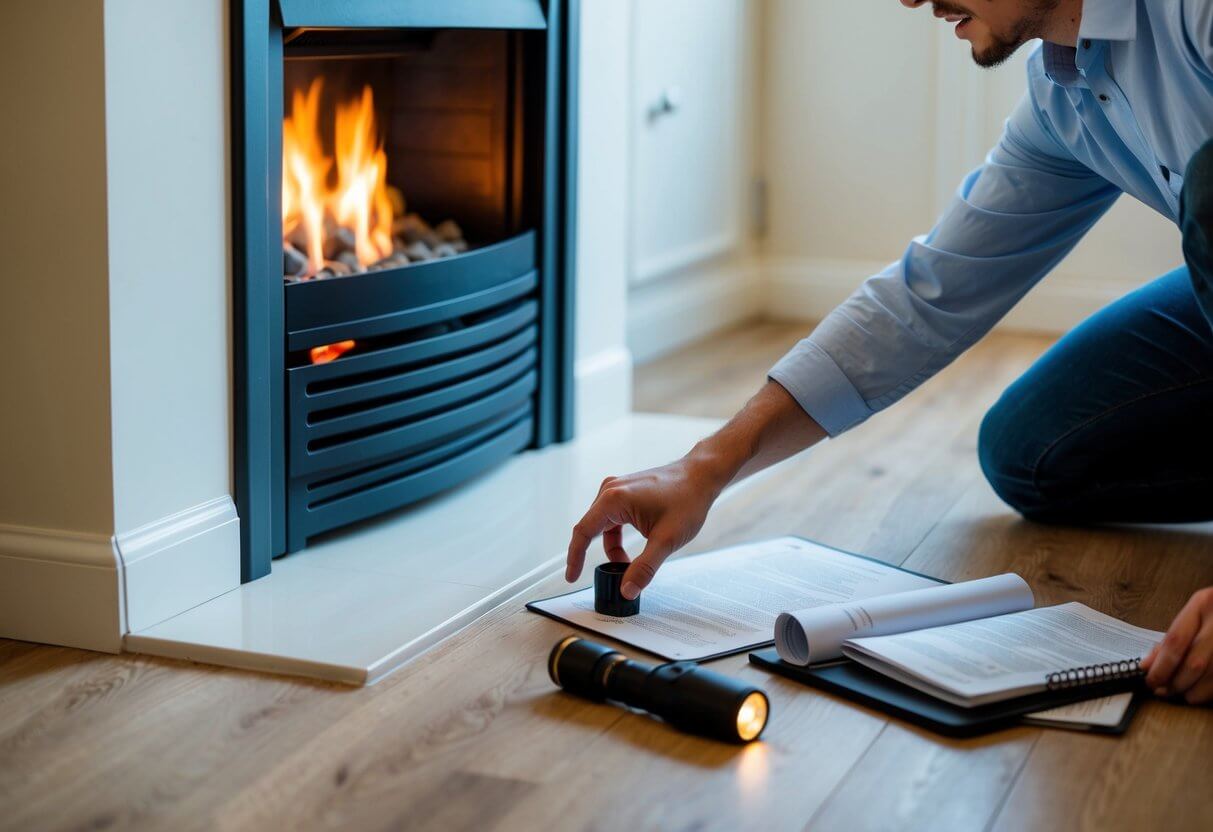
When encountering difficulties with a gas fireplace, identifying the specific issue can lead to effective solutions. Pilot light problems and ignition system failures are among the most common concerns.
Pilot Light Problems
A pilot light that won’t stay lit is a frequent issue. This can often be traced back to a dirty pilot light tube that hinders gas flow. Cleaning the tube can resolve this.
Steps to troubleshoot:
- Inspect the Pilot Light: Check if it’s lit. If not, reset it.
- Clean the Tube: Use a soft brush to clear any debris.
- Check the Thermocouple: A faulty thermocouple can prevent the pilot light from staying on.
If these steps do not resolve the issue, the problem may require professional assessment, especially if carbon monoxide detectors indicate a gas leak.
Ignition System Failures
Ignition system problems can prevent the fireplace from starting. If the ignition switch isn’t working, there are a few checks to perform.
Troubleshooting steps include:
- Verify Power Supply: Ensure the unit has power.
- Inspect for Gas Flow: Confirm that the gas line is open and supplying gas.
- Examine the Ignition Mechanism: Clean the ignition system according to the owner’s manual recommendations.
If these inspections do not yield results, or if unusual sounds occur, it may be best to contact a professional technician to prevent safety hazards, such as gas leaks.
Frequently Asked Questions
Understanding the operation of gas fireplaces can enhance their safety and efficiency. This section addresses common queries regarding ignition methods, troubleshooting pilot lights, and operating fireplaces effectively.
How do you operate a gas fireplace with electronic ignition?
To operate a gas fireplace with electronic ignition, the user should first ensure that the gas supply is turned on. Typically, pressing the ignition button initiates a spark to light the burner. If the fireplace doesn’t ignite, rechecking the power supply may be necessary.
What is the process for lighting a gas fireplace pilot when the ignitor is malfunctioning?
If the ignitor malfunctions, the user can light the pilot manually. This requires locating the pilot assembly, typically found near the burner. Using a long lighter, the user should turn the gas valve to the pilot position and apply the flame near the pilot opening to ignite it.
What steps are involved in lighting a gas fireplace insert?
To light a gas fireplace insert, first, ensure that the area is free from flammable materials. Open the glass front if applicable, check the gas supply, and turn the control knob to the ‘on’ position. Then, follow the manufacturer’s instructions, which may involve pressing the ignition button or lighting the pilot.
Is it possible to manually light a gas fireplace using a lighter, and how can it be done safely?
Yes, it is possible to manually light a gas fireplace using a lighter. The user should turn the gas control valve to the ‘pilot’ setting, wait a few moments to clear any gas buildup, and then use a long lighter to ignite the pilot flame safely. Care should be taken to avoid direct exposure to the flame.
What should you do if your gas fireplace pilot light is not functioning properly?
If the pilot light is not functioning properly, the user should first check the gas supply and ensure the pilot tube is clear of debris. If the pilot flame is flickering or inconsistent, the thermocouple may need inspection or replacement. In some cases, consulting a professional is advisable.
Can a gas fireplace be ignited without a remote, and if so, what are the instructions?
A gas fireplace can indeed be ignited without a remote. To do this, the user should locate the manual controls, typically near the fireplace. By turning the gas valve to ‘on’ and using the ignitor or a manual lighter, they can initiate the flame safely following the manufacturer’s guidelines.

